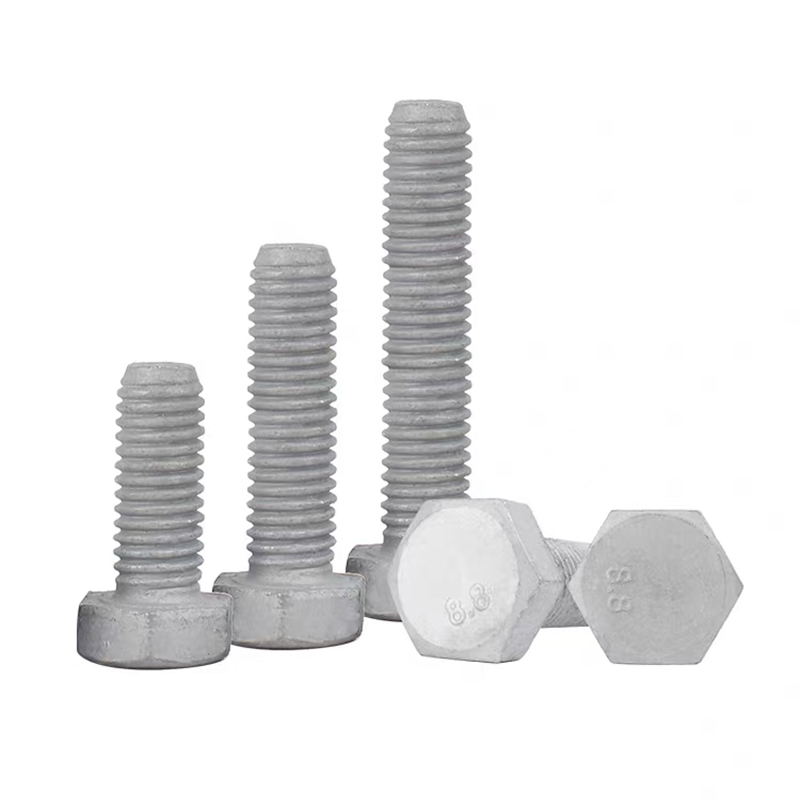- Chinese
- French
- German
- Portuguese
- Spanish
- Russian
- Japanese
- Korean
- Arabic
- Irish
- Greek
- Turkish
- Italian
- Danish
- Romanian
- Indonesian
- Czech
- Afrikaans
- Swedish
- Polish
- Basque
- Catalan
- Esperanto
- Hindi
- Lao
- Albanian
- Amharic
- Armenian
- Azerbaijani
- Belarusian
- Bengali
- Bosnian
- Bulgarian
- Cebuano
- Chichewa
- Corsican
- Croatian
- Dutch
- Estonian
- Filipino
- Finnish
- Frisian
- Galician
- Georgian
- Gujarati
- Haitian
- Hausa
- Hawaiian
- Hebrew
- Hmong
- Hungarian
- Icelandic
- Igbo
- Javanese
- Kannada
- Kazakh
- Khmer
- Kurdish
- Kyrgyz
- Latin
- Latvian
- Lithuanian
- Luxembou..
- Macedonian
- Malagasy
- Malay
- Malayalam
- Maltese
- Maori
- Marathi
- Mongolian
- Burmese
- Nepali
- Norwegian
- Pashto
- Persian
- Punjabi
- Serbian
- Sesotho
- Sinhala
- Slovak
- Slovenian
- Somali
- Samoan
- Scots Gaelic
- Shona
- Sindhi
- Sundanese
- Swahili
- Tajik
- Tamil
- Telugu
- Thai
- Ukrainian
- Urdu
- Uzbek
- Vietnamese
- Welsh
- Xhosa
- Yiddish
- Yoruba
- Zulu
- Kinyarwanda
- Tatar
- Oriya
- Turkmen
- Uyghur

China Photovoltaic Series
The Role of China Photovoltaic Series in Modern Energy Solutions
In recent years, the term China Photovoltaic Series has become a buzzword within the renewable energy sector. It symbolizes both innovation and massive production capabilities. Yet, there are common misconceptions about what it truly entails and its impact on the energy landscape. Delving into this, we discover intriguing challenges and opportunities intertwined with China's vast industrial capabilities.
Understanding China's Photovoltaic Industry
China's venture into photovoltaic technology isn't just about producing solar panels. It's an amalgamation of government policies, innovative manufacturing processes, and an expansive supply chain. The sheer scale is mind-boggling, but scale alone isn’t everything. The industry has had to continuously innovate to maintain its global competitiveness. I've seen production lines evolving rapidly in response to both technological advancements and market demands. This dynamic nature brings both opportunities and hurdles.
For instance, maintaining quality while scaling up production is a continuous balancing act. Factories like those in Hebei Province—where companies such as Handan Zitai Fastener Manufacturing Co., Ltd. exist—are strategically important. While primarily a fastener manufacturer, its location near transportation hubs highlights the infrastructure advantages within the region, contributing to efficient production processes.
There have been moments where the rush for production has led to oversights in quality control. This isn't unique to photovoltaics; it applies to any large-scale manufacturing endeavor. Navigating these waters requires a dedicated focus on research and development, a sentiment echoed widely in industry conferences and meetings.
The Global Market Influence
China's influence on the global photovoltaic market cannot be overstated. The country's ability to offer competitive pricing has reshaped market dynamics internationally. I've witnessed firsthand the ripple effects of policy changes or an uptick in production numbers within China's borders that reverberate globally, affecting pricing and availability.
However, dependency on Chinese solar products brings its own challenges. For our partners in Europe and the U.S., balancing reliance on affordable Chinese modules with supporting local industries is a constant topic of conversation. It's akin to walking a tightrope; the benefits must outweigh the geopolitical risks and economic dependencies.
Such conversations often lead to discussions about sustainability and ethical production. A growing number of consumers are interested in the carbon footprint and ethicality of their energy sources. As such, the narrative isn't just about cost and efficiency anymore but also about responsible manufacturing.
Technological Advancements and Challenges
The technological strides made within the China Photovoltaic Series are commendable. Yet, every leap forward uncovers new issues. The continuous push towards higher efficiency cells, like PERC and bifacial modules, continues to generate a splash. But real challenges lay in addressing degradation rates and performance in diverse environmental conditions.
On-site, I've seen solutions ranging from enhanced quality testing to the adoption of advanced materials. These tests are crucial in environments as diverse as China itself—from the harsh Gobi Desert to humid coastal provinces. Real-world performance often differs from lab conditions, a reality that prompts innovation in both materials and testing methodologies.
Companies within China are increasingly collaborating with international research institutions to forge new paths. It's this blend of global collaboration and local expertise that could very well determine the next big breakthrough in photovoltaic technology.
Integrating Photovoltaics into Daily Infrastructure
The widespread adoption of photovoltaic systems in China is visible in both rural and urban settings. From solar farms sprawling across provinces to urban installations atop skyscrapers, the integration is profound. Yet, the scale raises questions about the infrastructure's capacity to support such expansive solar installations.
Infrastructure is key. Here, the proximity of manufacturing hubs like Yongnian District to major transportation lines, such as the Beijing-Guangzhou Railway, acts as a critical advantage. It allows for expedited distribution and installation, minimizing delays and optimizing project timelines. Handan Zitai Fastener Manufacturing Co., Ltd., although focused on fasteners, leverages this geographic advantage in its operations.
I've seen community projects where local involvement has fueled the adoption rate. These are not just government initiatives but also grassroots movements where local leaders champion renewable energy, tailoring solutions to their community's specific needs.
The Future of Photovoltaics in China
Looking ahead, the path for China's photovoltaic series seems promising yet complex. The government's policies have been supportive, promoting green technologies. However, consistent quality, environmental concerns, and market fluctuations need to be watched closely.
The strategic growth of companies in key locations will play an instrumental role. The seamless integration with existing manufacturing infrastructures, like those near essential transport routes, will ensure that logistical challenges don't hinder progress.
As someone deeply enmeshed in this field, the balancing act between aggressive expansion and sustainable practices continues to be fascinating. The future promises a landscape where China not only leads in production but also in setting international standards for quality and sustainability.
Related products
Related products
Best selling products
Best selling products-
 10.9S Torsion Shear Bolts
10.9S Torsion Shear Bolts -
 Electrogalvanized nuts
Electrogalvanized nuts -
 High-strength blackened nuts
High-strength blackened nuts -
 Colored zinc-plated cross countersunk drill thread
Colored zinc-plated cross countersunk drill thread -
 Hot-dip galvanized hexagonal bolts
Hot-dip galvanized hexagonal bolts -
 Colored zinc flange bolts
Colored zinc flange bolts -
 Colored galvanized hexagonal drill tail wire
Colored galvanized hexagonal drill tail wire -
 Electro-galvanized hexagonal drill thread
Electro-galvanized hexagonal drill thread -
 Hexagon socket colored zinc-plated bolts
Hexagon socket colored zinc-plated bolts -
 Umbrella handle anchor (J-type anchor bolt/umbrella handle embedded bolt)
Umbrella handle anchor (J-type anchor bolt/umbrella handle embedded bolt) -
 Electroplated galvanized flange nut (flange face nut)
Electroplated galvanized flange nut (flange face nut) -
 7-shaped anchors (7-shaped anchor bolts)
7-shaped anchors (7-shaped anchor bolts)













